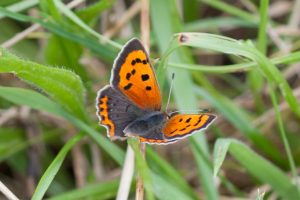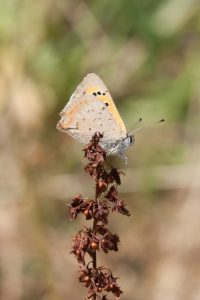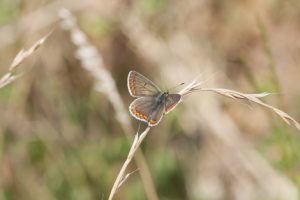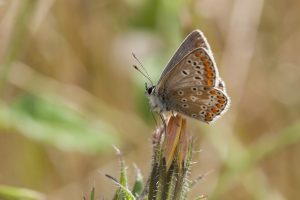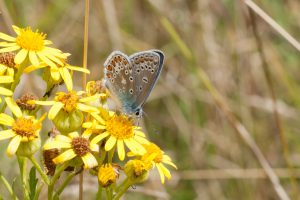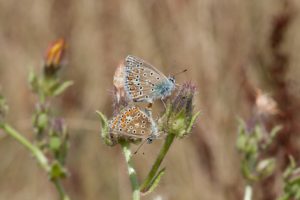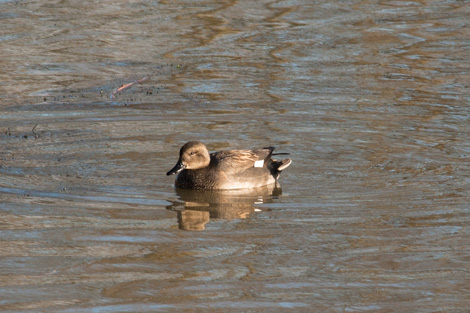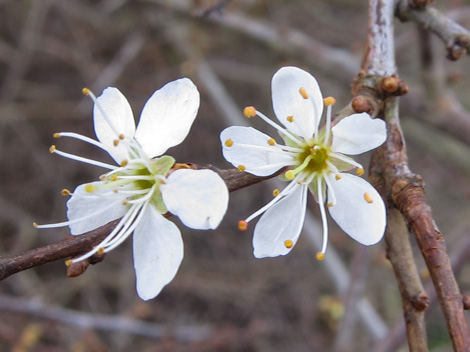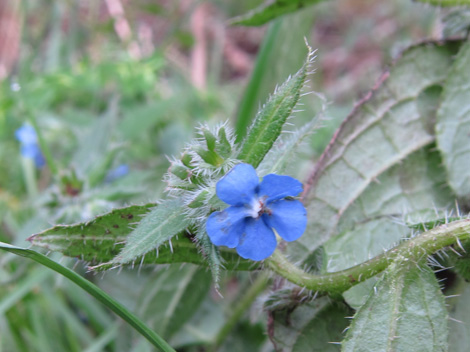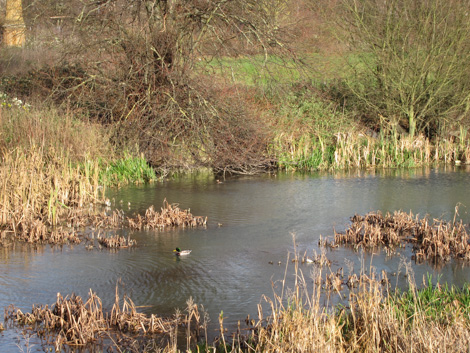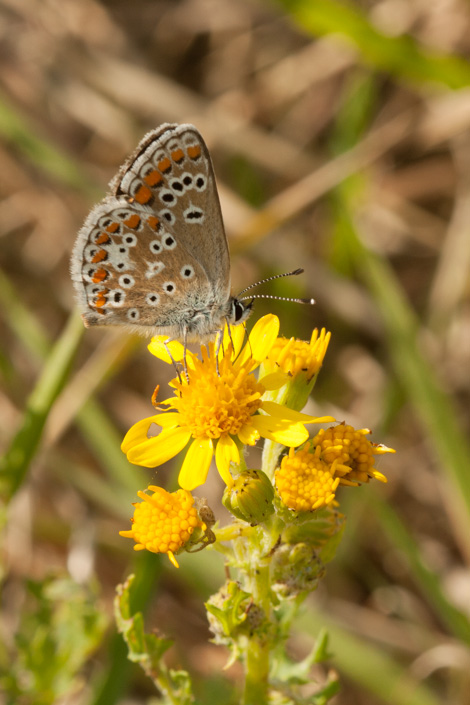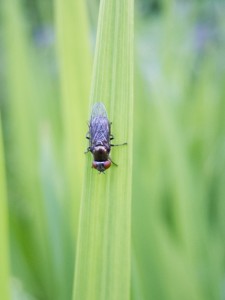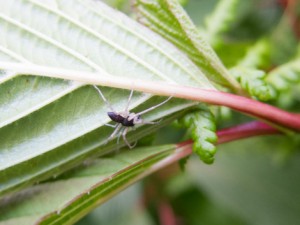In the last week I have been out and about a bit more getting some time in the great outdoors. This has been aided by some new insect repellant that seems to be working so far.
In the past week I have completed another bumble bee survey – better than last month but only half the number seen last year, spent a happy couple of hours just looking and photographing around Daventry, to be completed on Saturday with a WildSide recording sessions with the fab and enthusiastic Ryan Clark.
I’ve uploaded all of my sightings (or at least those that I can identify or have a semi-decent photo for) either onto iRecord or the local Biodiversity Records Centre, as well as entering my BeeWalk data so I am keeping last week’s resolution.
One of the joys of recording nature is that you are constantly discovering new things. During the BeeWalk this month we found a long-horned beetle that I’d not seen before, last month was my first Mother Shipton moth.

On Monday I was quite excited to discover that there were quite a lot of bee orchids flowering in Daventry (for once the mowers hadn’t done for them) and, quite unexpectedly I found a pyramidal orchid next to them. I am reliably informed that this might be the first record for this in the Daventry area.

Then, during the recording session at Mill Park Nature Reserve in Long Buckby, I found a small magpie moth. Completely new for me, and although quite common in the county, still something to get excited about I think.

And, the more you look, the more you learn and then the more closely you look. A virtuous naturing circle.
My next task is to start making a full list of the species I have seen and then keep it up to date!
